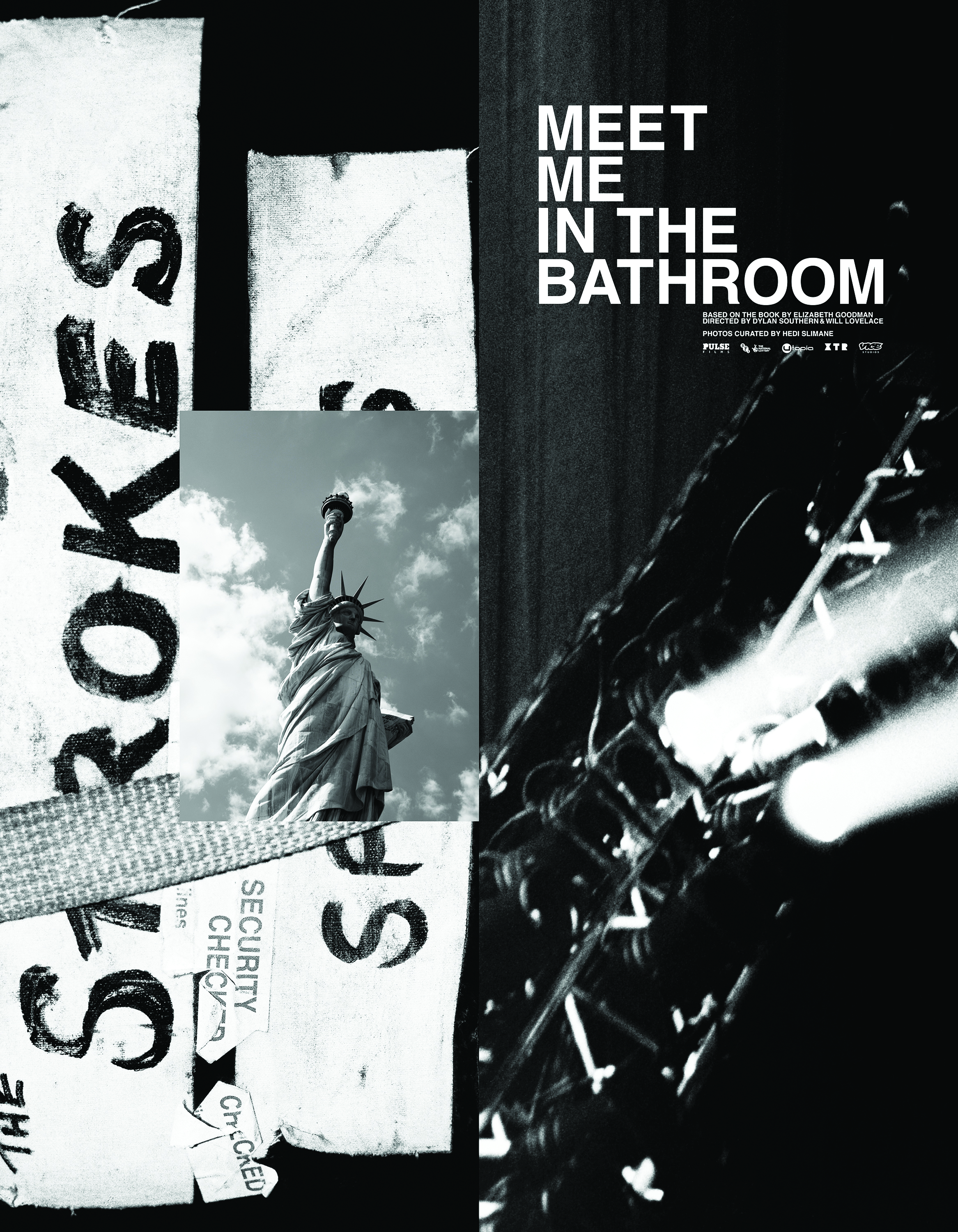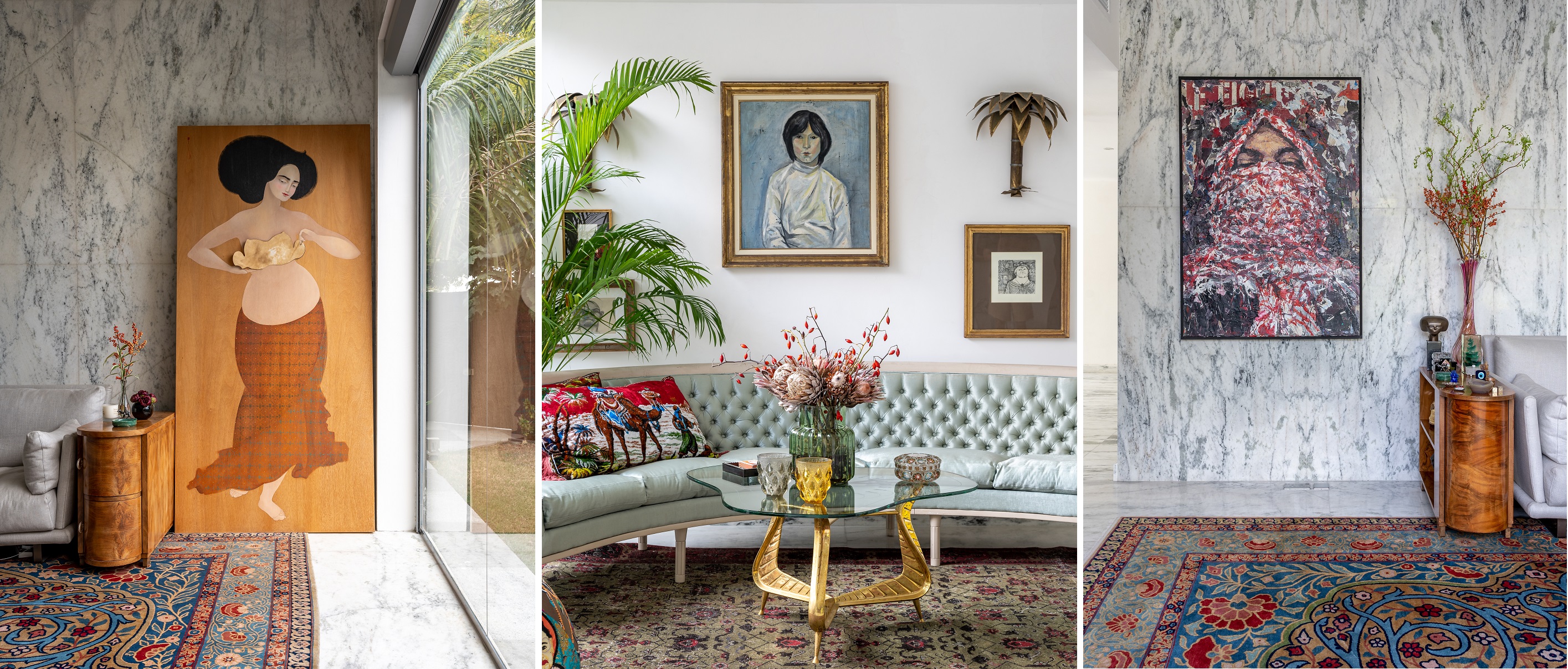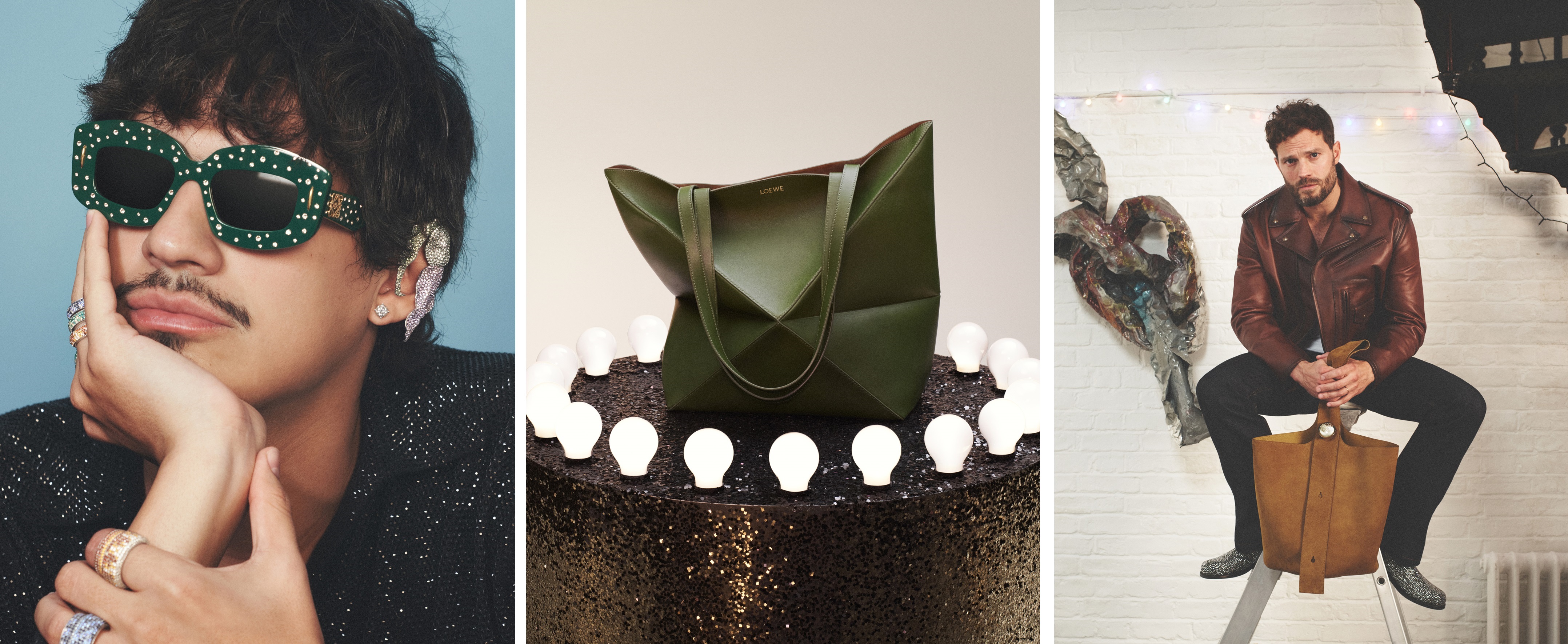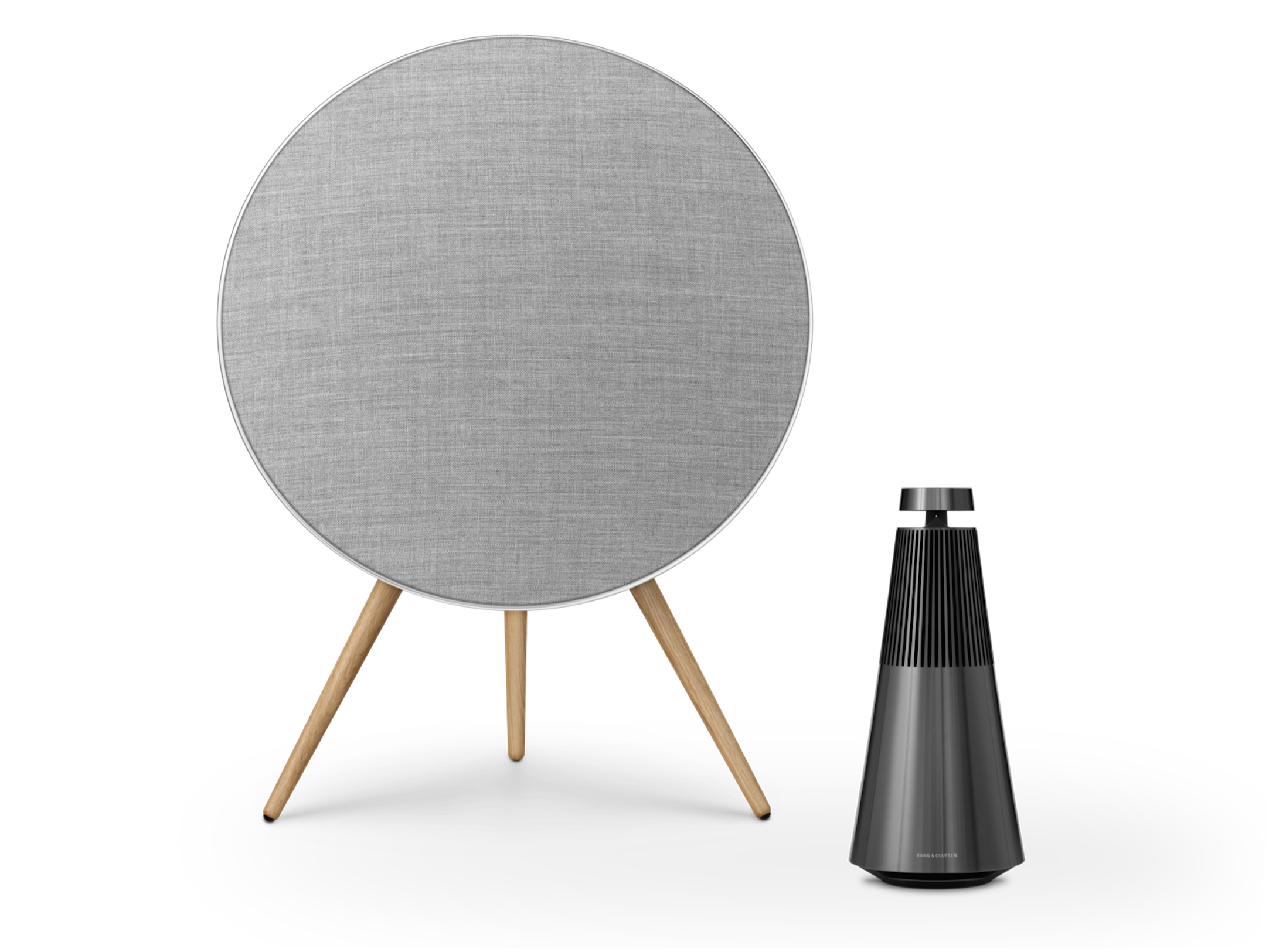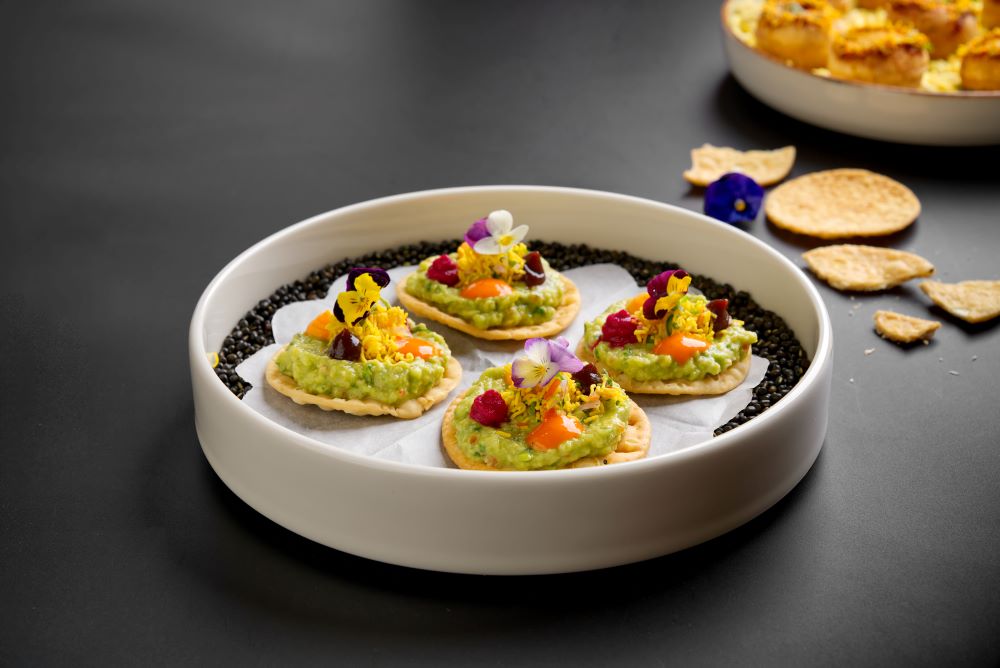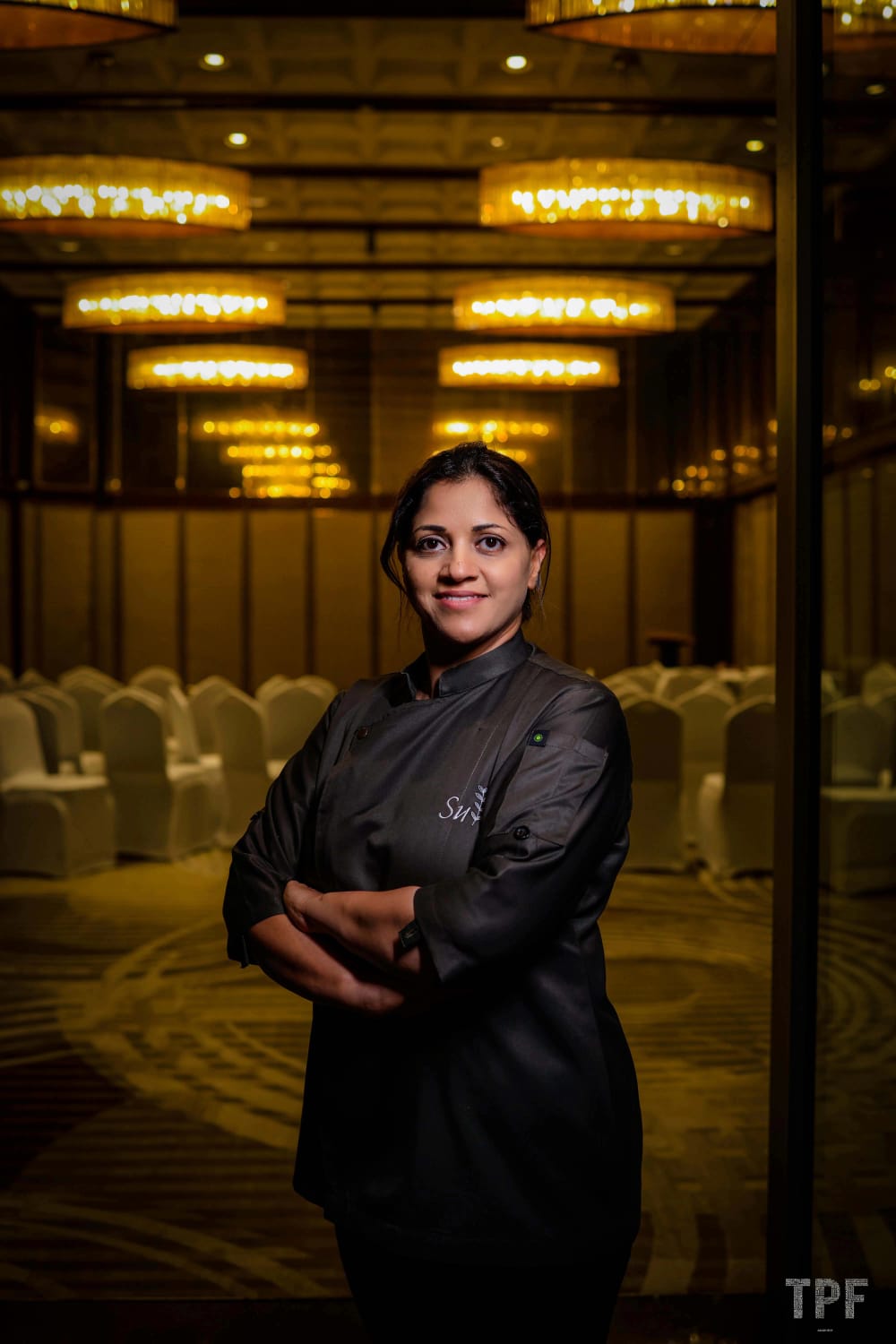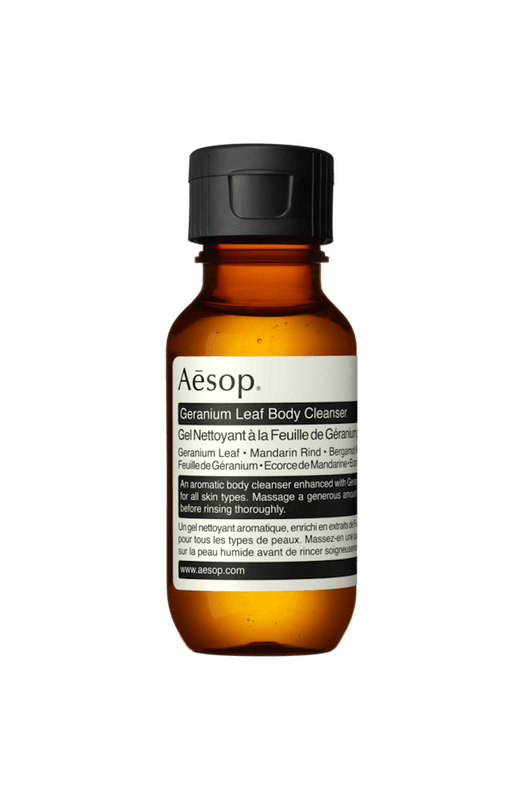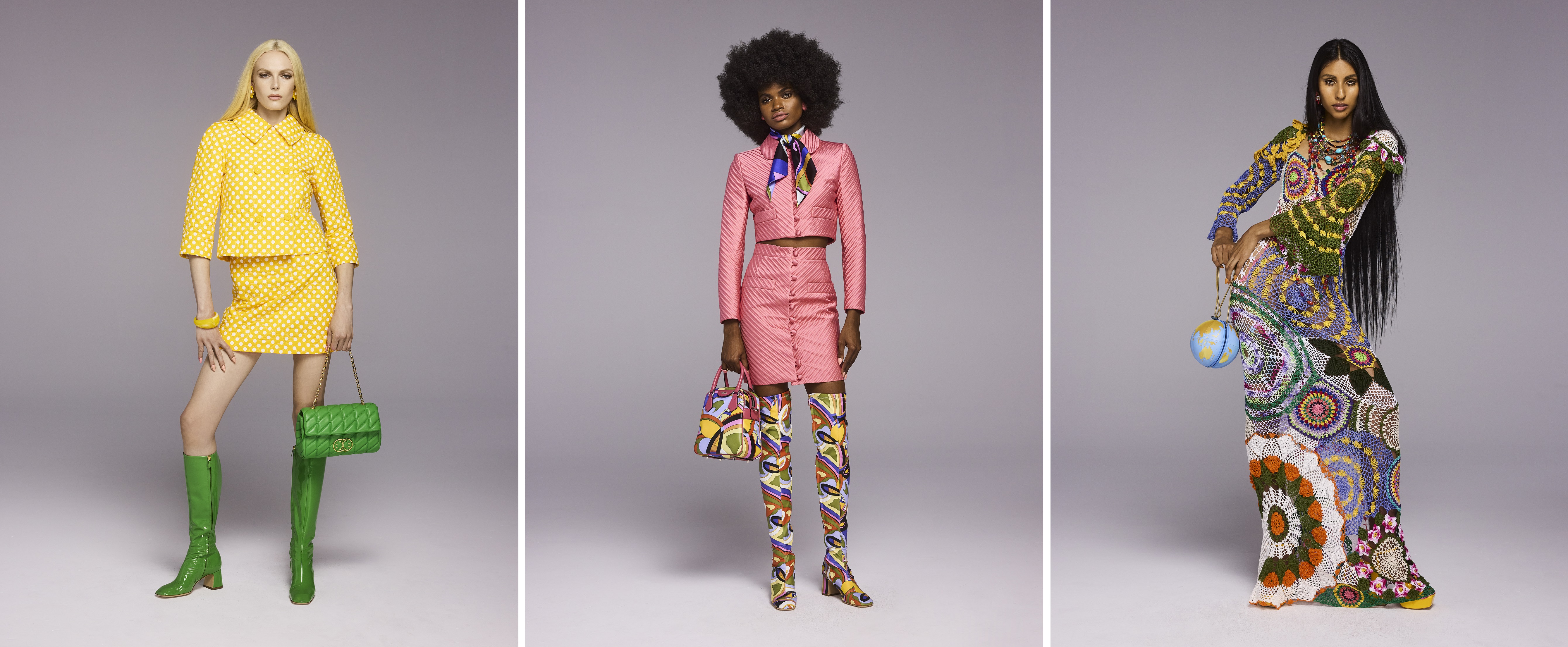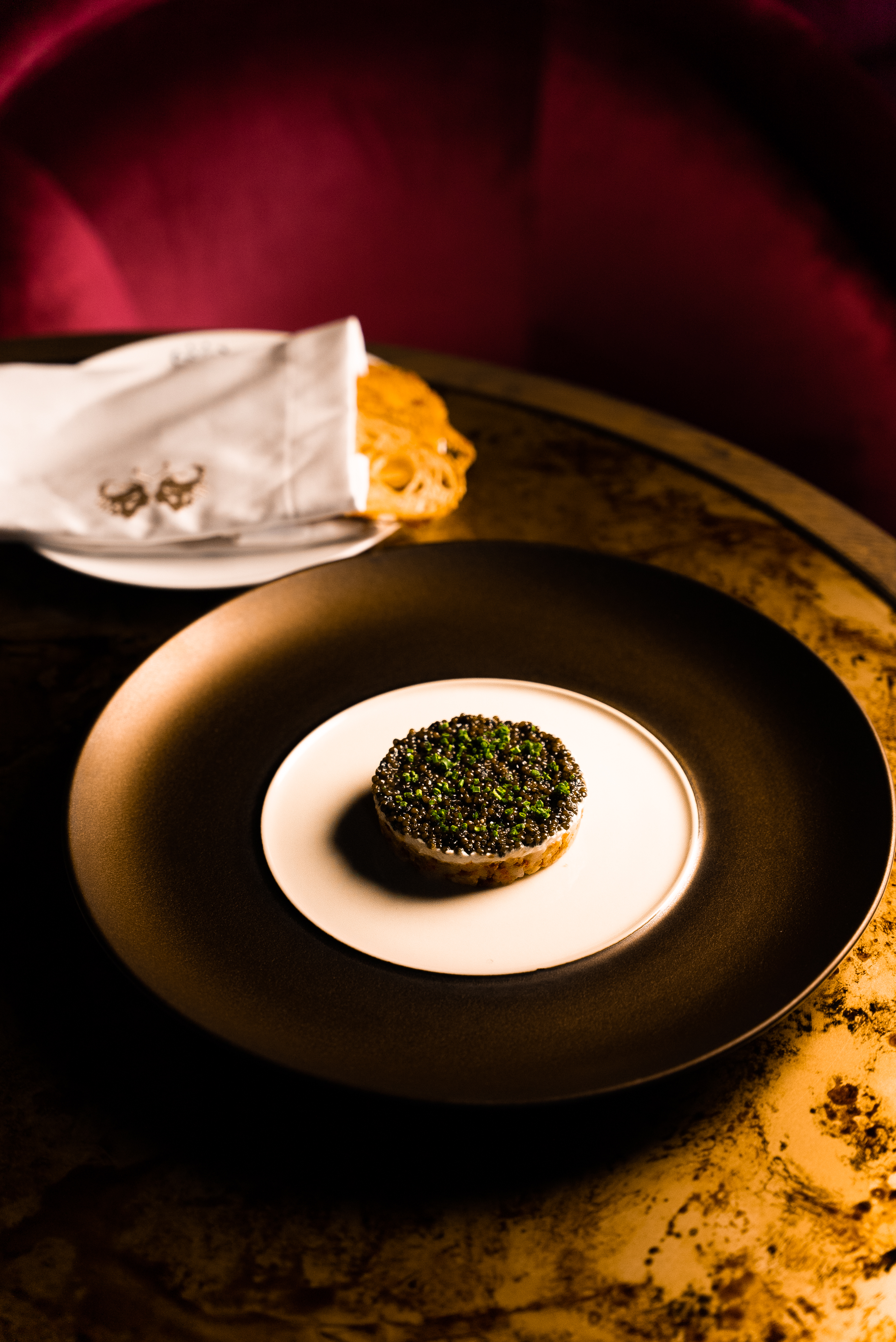#INTERVIEW: Discover Emotional Power of Art and Post-Impressionism at Louvre Abu Dhabi
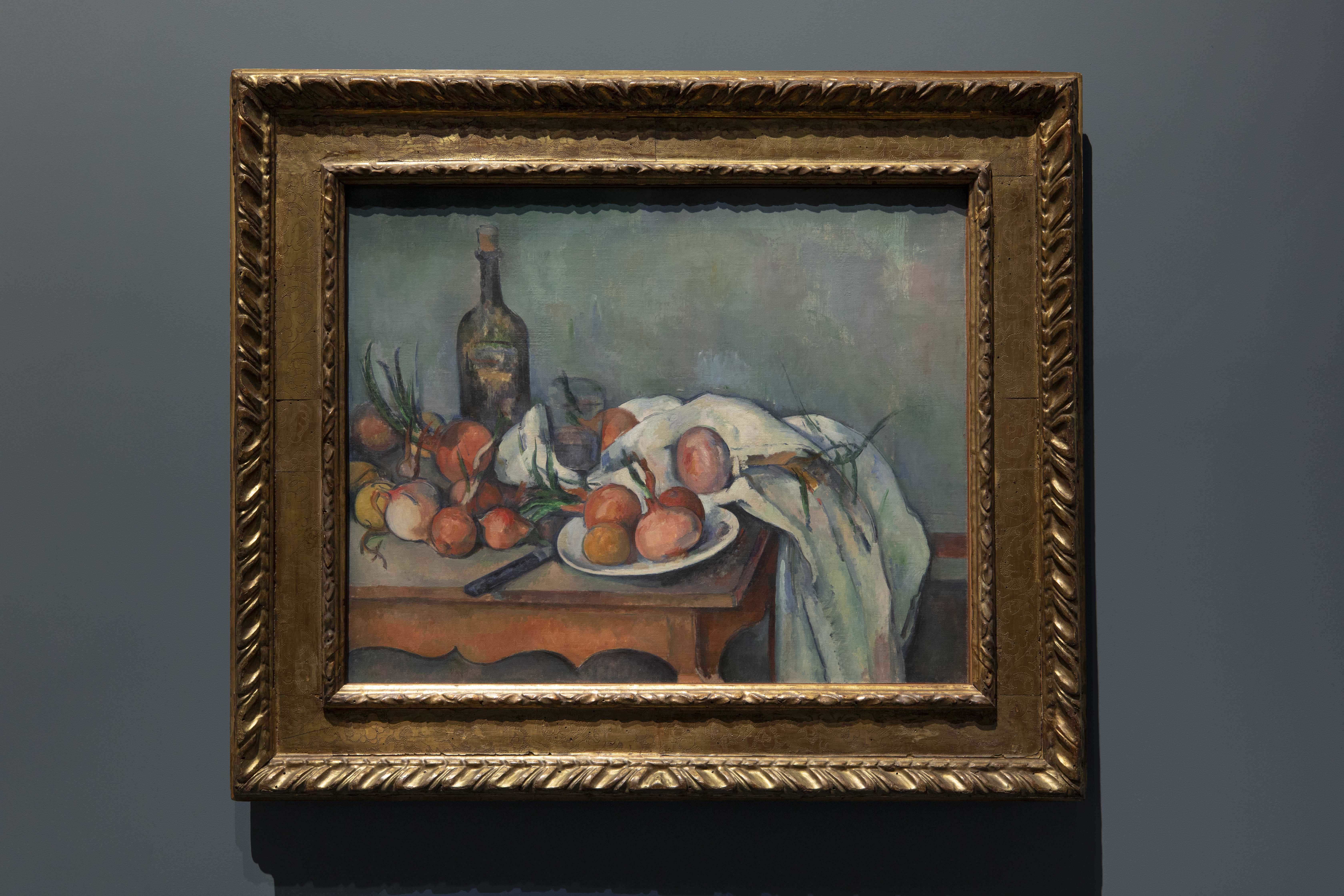
As February embraces the theme of love and emotion, we turn our focus to the raw emotional intensity that has defined Post-Impressionism, a remarkable exhibition now in its final weekend at the Louvre Abu Dhabi. In this feature, Jerome Farigoule, Chief Curator, Louvre Abu Dhabi highlights how iconic artists like Van Gogh and Gauguin have used bold colours, distorted forms, and expressive techniques to convey their deepest emotions—not just the external world.
Delna Mistry Anand: How did artists like Van Gogh and Gauguin use colour as a language to express their deepest emotions and states of mind?
Jerome Farigoule: For Van Gogh, Gauguin, and their contemporaries, colour became more than a mere representation of reality—it was a powerful language through which they could express their psychological and emotional states. Colour was a vital instrument in their artistic exploration, a means of transcending traditional forms of representation. As Maurice Denis famously put it, “Remember that a painting, before being a warhorse, a naked woman, or any anecdote, is essentially a flat surface covered with colours arranged in a certain order.” This statement encapsulates the idea that, for these artists, colour was a fundamental tool in shaping the emotional and sensory experience of the viewer.
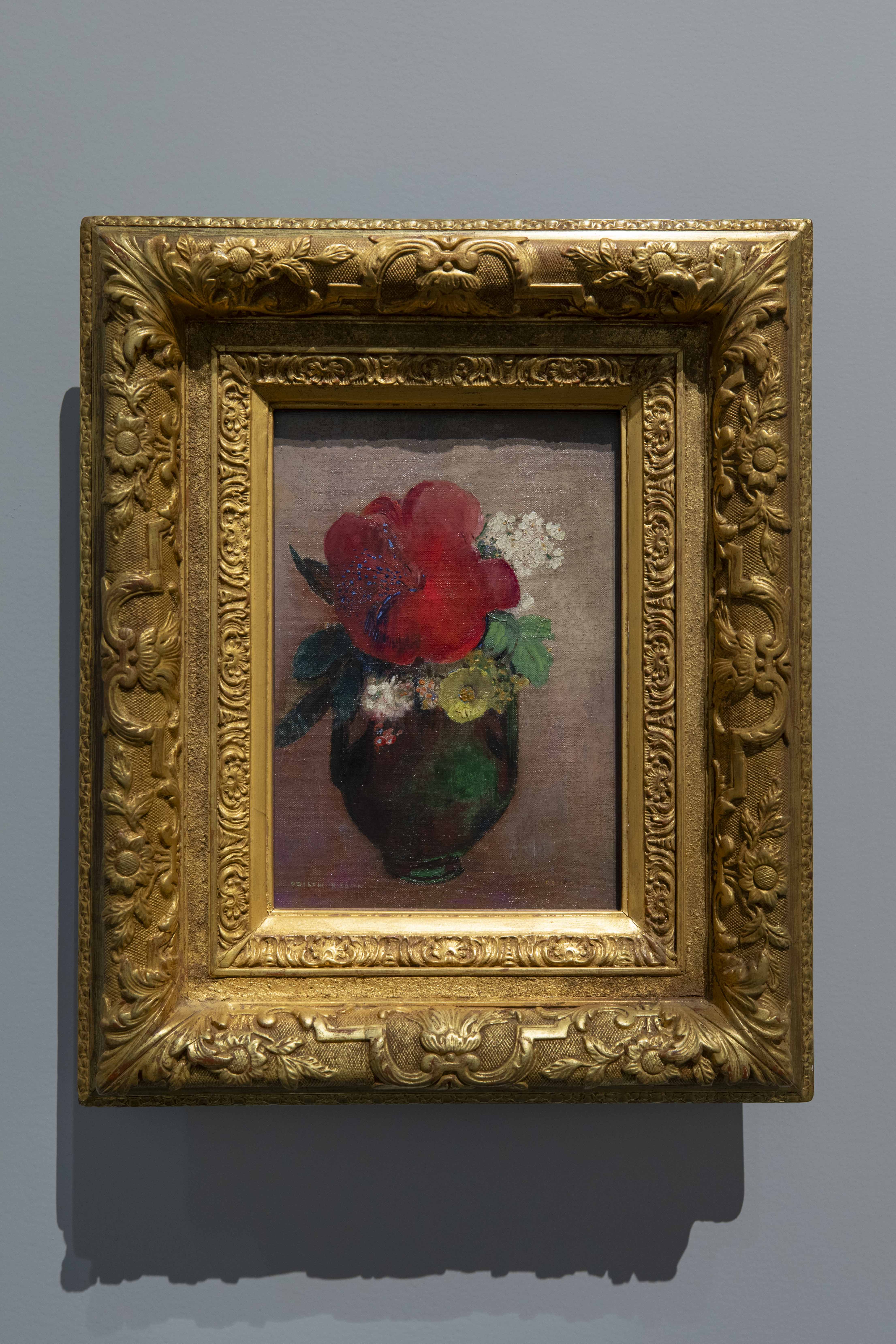
In what ways did Post-Impressionist artists challenge traditional notions of beauty to portray raw human experiences?
Post-Impressionist artists sought to portray not just the external world, but the internal emotional and spiritual experiences of the individual. They challenged conventional notions of beauty by embracing distortion and abstraction, focusing on the emotional resonance of their subjects rather than striving for perfect realism. Many of them held anarchist ideals—though non-violent—using their art to challenge materialism, industrial progress, and the growing monotony of modern life. Symbolism played a central role in this shift, as seen in the works of artists like Denis, Gauguin—especially in his evocative Polynesian works—and Redon, who was often called “The Prince of Dreams.” Their symbolic approach allowed them to move beyond realism, offering a deeper, more introspective view of the world. In doing so, they distanced themselves from the materialism of the industrialized cities, instead seeking to express a more harmonious, spiritual vision of existence.
Why does Post-Impressionist art continue to resonate emotionally with audiences today?
Post-Impressionist art endures because it captures raw emotion in a way that feels timeless. Whether through Cézanne’s vibrating brushstrokes or Van Gogh’s impassioned and expressive ones, the art of this period has a visceral intensity that speaks directly to the viewer’s emotions. The mythos surrounding these artists also contributes to their enduring resonance—over time, the stories of their lives have evolved into powerful narratives that deepen our connection to their work. But what remains particularly striking is the way these artists collaborated, exchanged ideas, and communicated with one another. Their shared energy and creative spirit—so evident in their works—feel as relevant and inspiring today as it did over a century ago.
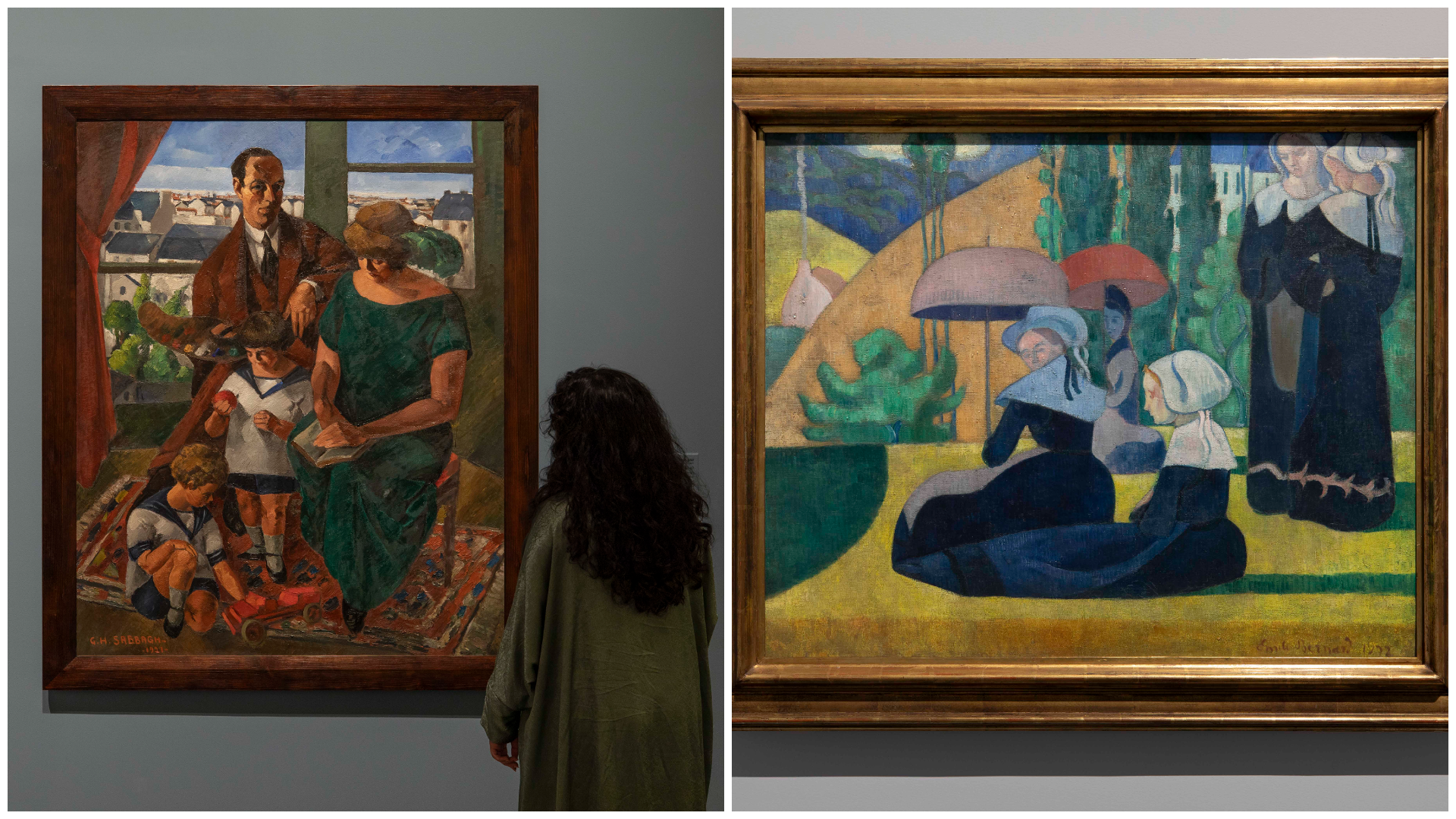
How does the exhibition showcase the emotional depth and innovative techniques of Post-Impressionist masterpieces?
The exhibition is privileged to showcase an exceptional selection of masterpieces from Musée d'Orsay, offering a nuanced focus on the unique characteristics of each artist or group. Rather than presenting a linear narrative, the museology emphasizes a network of young artists who interacted, inspired one another, and innovated together, each forging their own path.
To highlight these connections, the exhibition creates visual and thematic bridges between rooms, allowing visitors to simultaneously view Sérusier's Le Talisman and Emile Bernard's Madeleine au Bois d'Amour, Van Gogh's Le restaurant de la Sirène alongside Vlaminck's Le restaurant de La Machine, and Luce's portrait of Cross with Sabbagh's self-portrait with his family. These carefully curated perspectives invite visitors to immerse themselves in the vibrant, interconnected world of these groundbreaking artists.
Post-Impressionism: Beyond Appearances is on show at Louvre Abu Dhabi till 9 February 2025.
www.louvreabudhabi.ae/en/exhibitions/post-impressionism
related posts
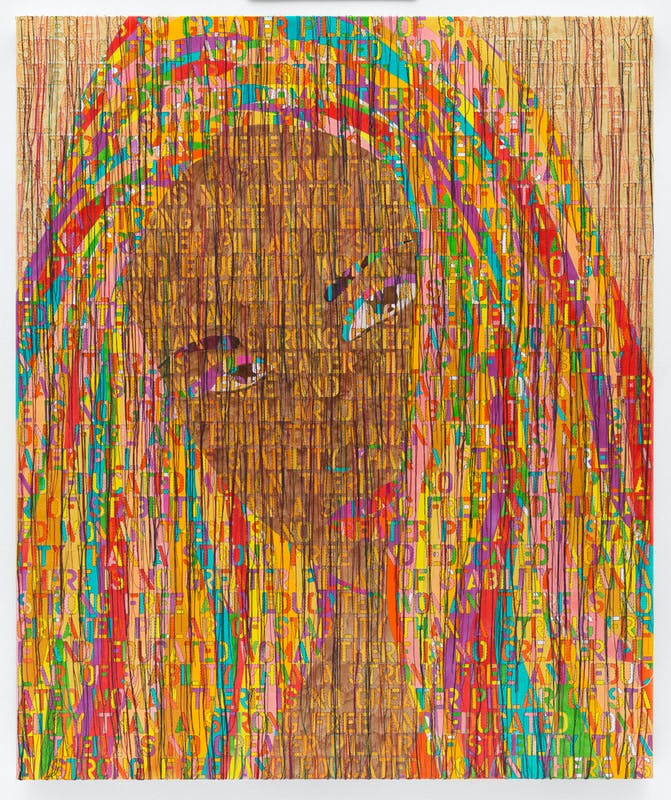
Art & Culture
MATTERS OF MATERIAL: Supporting Art with a Conscience
